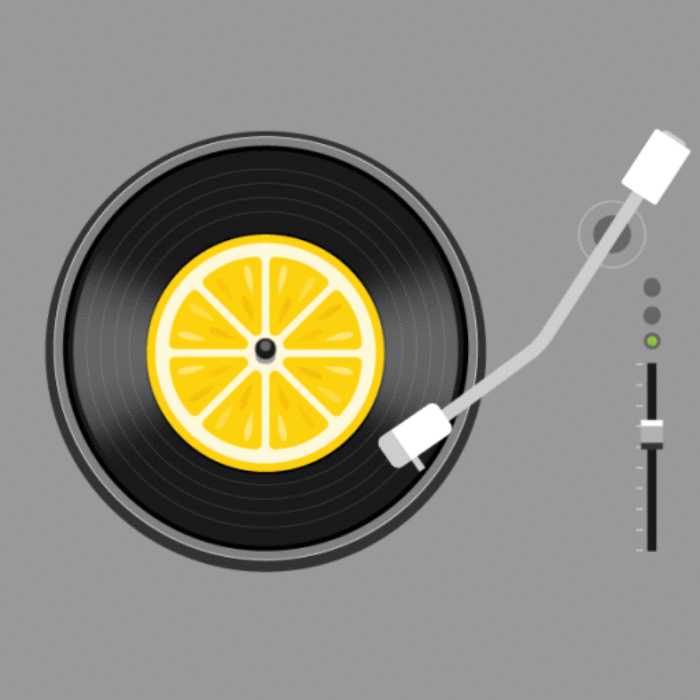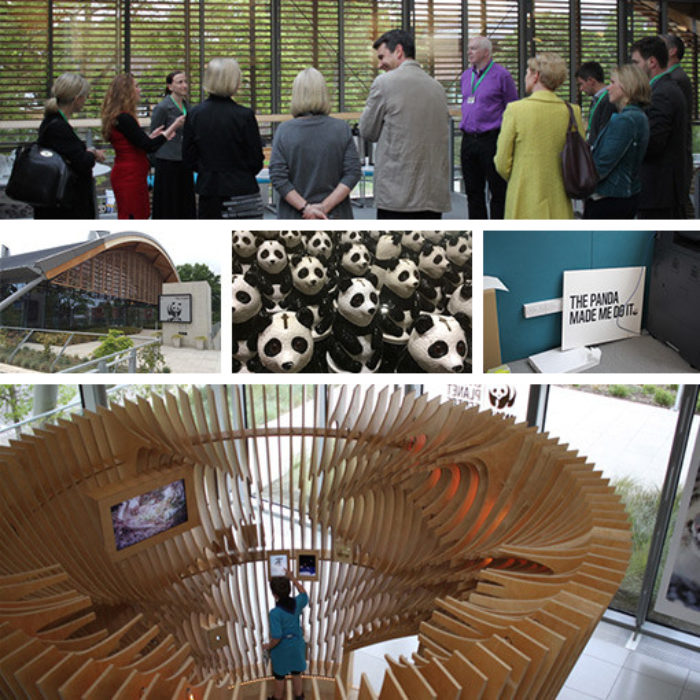What makes an innovator (part 1): Be curious and open-minded
Innovation doesn’t just belong in an R&D lab: it should be for every person, in every role, at every organisation. So, how do we make it accessible to all?
Throughout 2022, via this blog series, we’ll exploring some of the key qualities demonstrated by innovative people and organisations. Together, we’ll take a deep dive into what innovators think, feel, believe and do. And look at how we can all do more to encourage and create innovative workplace cultures.
The first of these characteristics, shared by all with a spirit of innovation, is: Innovators are curious and open-minded. Ready to fall down the rabbit hole?
Be curious about the world
The best innovators tend to be children and scientists, for a couple of reasons.
Firstly, they aren’t afraid to ask questions. Science is the process of asking ‘what if?’, and then pursuing the answer. Children ask wonderful questions too. My son Alexander, at the age of three, was a genius at this: Where do bubbles go when they burst? What are spiderwebs made of? Did God make biscuits? (the answer to which is, of course, yes).
Alice, when in Wonderland, asked herself: “Who in the world am I? Ah, that’s the great puzzle!”. You might enjoy re-reading ‘Alice in Wonderland’, by the way, just for the wonderful questions she asks. At heart, Alice through her curiosity, questioning and open-mindedness illustrates the key characteristics of an innovator.
Secondly, children and scientists know what they don’t know. Leonardo da Vinci said: “I roamed the countryside searching for answers to questions I did not understand. Why shells existed on the tops of mountains… why lightning becomes visible to the eye while thunder requires time to travel.”
Be like Alice and Leonardo, be endlessly curious, seek out knowledge and understanding, and never be afraid to ask a naïve question. Here’s Einstein’s perspective on the endless quest: “As our circle of knowledge expands, so does the circumference of darkness surrounding it.”
Opening your mind
Here’s an example. To develop his personal knowledge, American investor Peter Kaufman printed out 144 interviews of scientific experts from Discover magazine. These people were leaders in a wide range of disciplines. Summarising their insight, Kaufman said:
“I read every single one… (and) guess what I had at the end of six months? I had inside my head every single big idea from every single domain of science.”
This is multidisciplinary learning, and it’s important because we are often close- minded. We focus on the immediate skills or knowledge set we think we need. If we work in fashion, we tune into fashion trends. If we work in banking, we study the financial markets. It’s easy for us to become increasingly narrow in our interests. Yet, as we’ll see throughout this blog series, as innovators, we can learn much from many sources
Having an open mindset is also a social habit. It involves conversation, seeking others’ ideas and sharing your own. Markets are social. We buy and sell from others. Emotions are social. They are expressed to others. Eating, drinking, marriage, sex, friendship, laughter, music, sports, the internet – all social. Innovation is social. It always involves co-creation.
There are two key measures in productive organisations, says Alex Pentland in his book ‘Social Physics’. They are the number and frequency of real-world contacts, and the diversity of ideas which people are exposed to. So, being open means openness to conversations with strangers as well as openness to new ideas.
Open mindsets have always been an advantage. In his compelling book ‘Open: The Story of Human Progress’, Johan Norberg shares examples from history. Consistently, he finds that it is trade that creates that spirit of openness. He suggests that that’s what led the Phoenicians to invent standardised shipbuilding, dry docks, artificial harbours and cartography.
A more modern example, is that of US musician, author and activist Daryl Davis. After experiencing a racist incident at the age of 10, Davis has spent the last 30 years seeking an answer to why some people were racist. His open-mind and curiosity have fuelled his conversations with people right across the political spectrum. It has led to surprising friendships with senior leaders of the Ku Klux Klan, formed from his desire to understand them, to listen to them and, often, by a shared love of music, form a genuine empathy. Sometimes, these civil conversations have even led to KKK members quitting the organisation.
Davis is open to a dialogue with anyone if it helps understand an issue, saying:
“Give the person a platform. Allow them to air their views. The chances are they will reciprocate.”
As Daryl Davis shows, being open is a mindset, a skillset, a habit, an emotion and an action. And it’s something individuals and organisations can always do more of.
Learn more
As discussed above, this is the first of a series of planned articles on the characteristics of innovative people and organisations. While you wait for part two, please explore the full set in detail, by downloading our report Innovation for Everyone.
And if you want a chat about how to create a more innovative culture in your organisation, just drop me a line at John.Drummond@How-on-earth.co.uk



